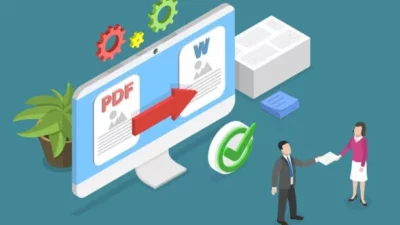A field service mobile app is a digital tool designed to streamline and optimize the work of technicians and service teams on the go. It connects field workers with real-time job information, schedules, and customer data, reducing delays and improving communication. This app enhances efficiency by enabling instant updates and seamless management of field operations from any location.
Technicians no longer need to rely on paper work orders or make frequent calls back to the office, which means fewer errors and faster service delivery. Companies benefit from better resource allocation and improved customer satisfaction by using these apps.
As field service demands grow, the use of mobile apps becomes essential for staying competitive and responsive. These apps not only facilitate daily tasks but also provide analytics and reporting to help businesses make informed decisions.
Key Features of Field Service Mobile Apps
Field service mobile apps provide tools that streamline operations and improve technician productivity. They handle tasks such as managing work orders, scheduling resources, and tracking field staff locations efficiently.
Work Order Management
Work order management enables field technicians to receive, update, and close job orders digitally. The app allows for attaching photos, notes, and signatures directly to work orders, ensuring accurate and complete documentation.
It supports the creation and prioritization of tasks, helping teams allocate resources based on urgency and skill requirements. This reduces paperwork and eliminates delays caused by manual updates.
Technicians can access customer histories and equipment information on-site, improving service accuracy. Automatic syncing keeps the office team aware of job status in real time.
Real-Time Scheduling and Dispatch
Real-time scheduling optimizes the assignment of field staff by matching available technicians with relevant skills to pending jobs. Dispatchers can adjust schedules instantly in response to cancellations or emergencies.
The app often includes drag-and-drop calendars and automated alerts to notify technicians of job assignments or changes. This reduces missed appointments and travel time between tasks.
By factoring in job duration, location, and technician workload, the system improves route planning and maximizes daily productivity. It also enables customers to receive notifications about arrival times.
GPS Tracking and Location Services
GPS tracking allows supervisors to monitor the location of field technicians throughout the workday. This improves coordination and supports faster response times in urgent situations.
Location services assist in route optimization, reducing travel time and fuel costs. They also provide verification that technicians are at the correct job site.
Some apps integrate geofencing to trigger automatic check-ins or work order updates once the technician arrives at a customer’s location. This enhances accountability and record accuracy.
Benefits and Implementation Strategies
A field service mobile app streamlines daily workflows, improves data accuracy, and supports seamless communication. It reduces manual tasks while providing real-time updates and access to critical information on the go.
Boosting Technician Productivity
The app enables technicians to receive job assignments instantly, minimizing downtime. It supports offline access to work orders, allowing uninterrupted progress in areas with poor connectivity.
Technicians can capture photos, collect signatures, and update status directly from the field. Automated routing and scheduling reduce travel time and increase the number of daily service calls.
Mobile access to equipment history and technical manuals accelerates problem diagnosis. This eliminates unnecessary trips and improves first-time fix rates.
Enhancing Customer Satisfaction
Faster response times and precise appointment windows improve reliability. Customers receive notifications about arrival times and service progress, reducing uncertainty.
Accurate work order information and immediate invoicing ensure transparency in billing. Digital proof of service, such as photos or signatures, builds trust.
The ability to quickly resolve issues and complete tasks on the first visit leads to fewer complaints. Support teams can track service performance and proactively address recurring problems.
Integrating With Existing Systems
Integration with ERP, CRM, and inventory systems centralizes data management. This ensures consistency in customer records, inventory levels, and billing.
APIs and middleware allow seamless data synchronization without disrupting current workflows. Real-time updates improve decision-making across departments.
Training and phased rollout minimize operational risks. This approach helps align the mobile app with business processes while reducing resistance from users.

Lexy Summer is a talented writer with a deep passion for the art of language and storytelling. With a background in editing and content creation, Lexy has honed her skills in crafting clear, engaging, and grammatically flawless writing.



